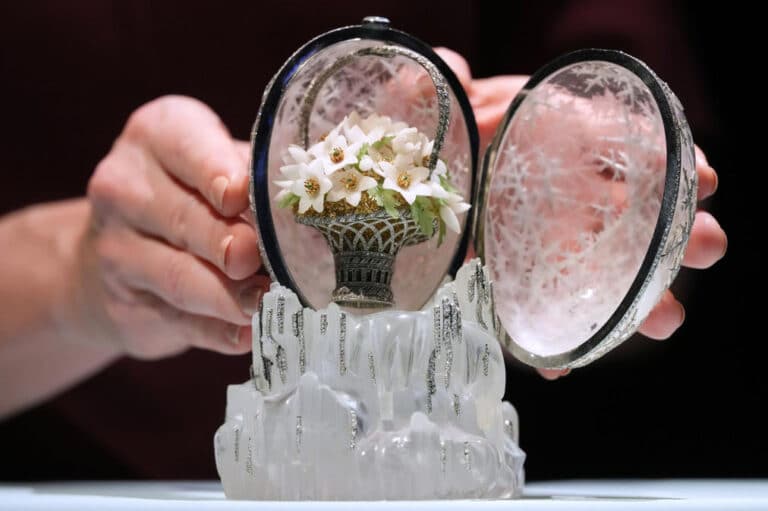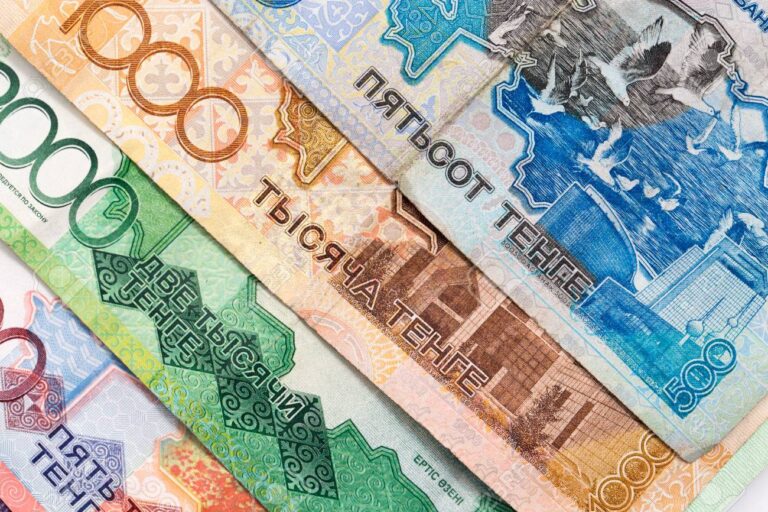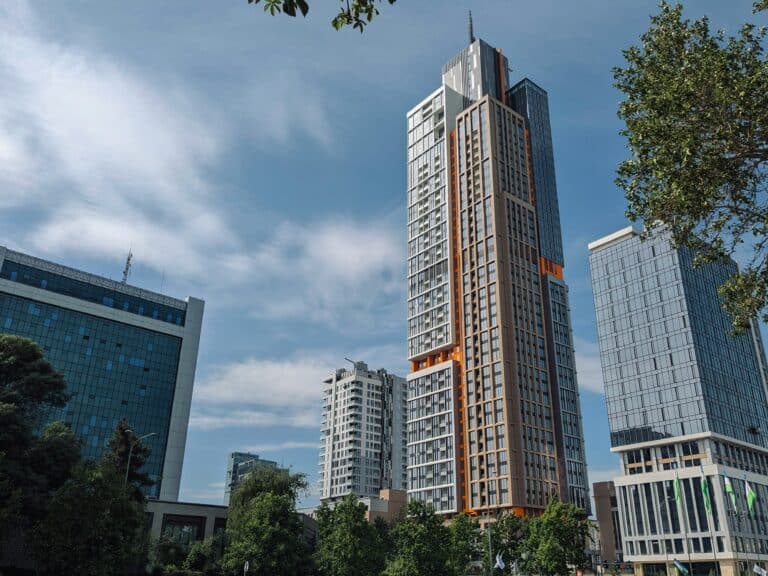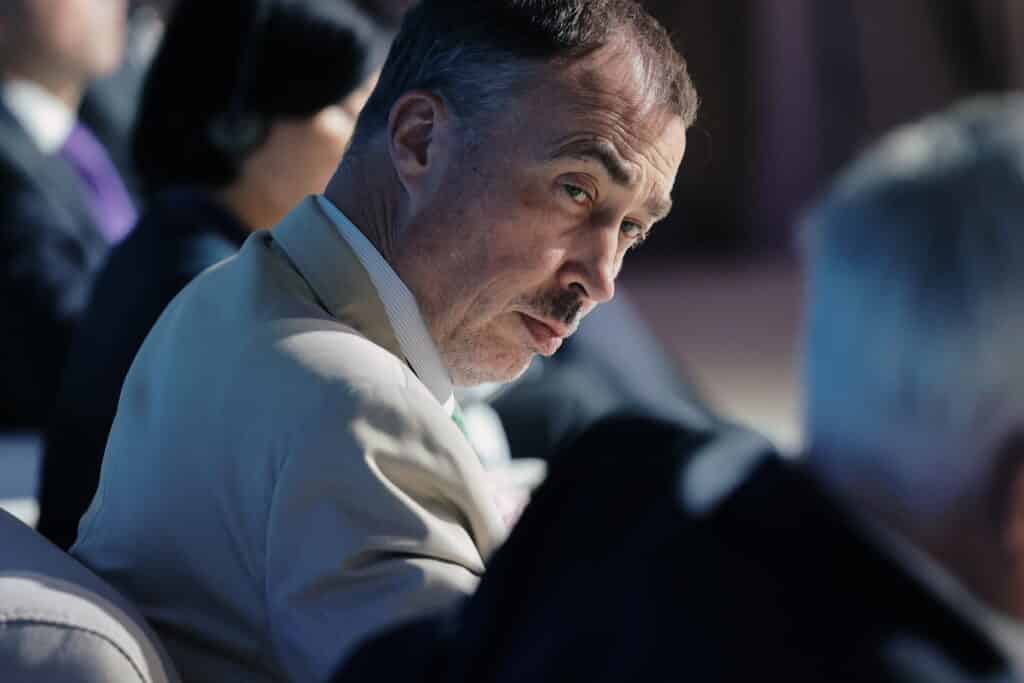
At the Tashkent International Investment Forum (TIIF) 2025, Kursiv Uzbekistan had the privilege of engaging in a comprehensive discussion with Toyvo Klaar, the European Union’s Ambassador to Uzbekistan. This forum, held from June 10 to 12, underscored the EU’s robust commitment to deepening economic and strategic partnerships with Uzbekistan.
Ambassador Klaar highlighted the EU’s significant role as Uzbekistan’s third-largest trading partner, with bilateral trade reaching $6.4 bn in 2024—a 5.2% increase from the previous year. Exports to the EU surged by 26.9%, reflecting a growing economic synergy .
Furthermore, nearly 1,000 European companies are currently operating in Uzbekistan, benefiting from the EU’s Generalized Scheme of Preferences Plus (GSP+) status, which facilitates easier access to European market.
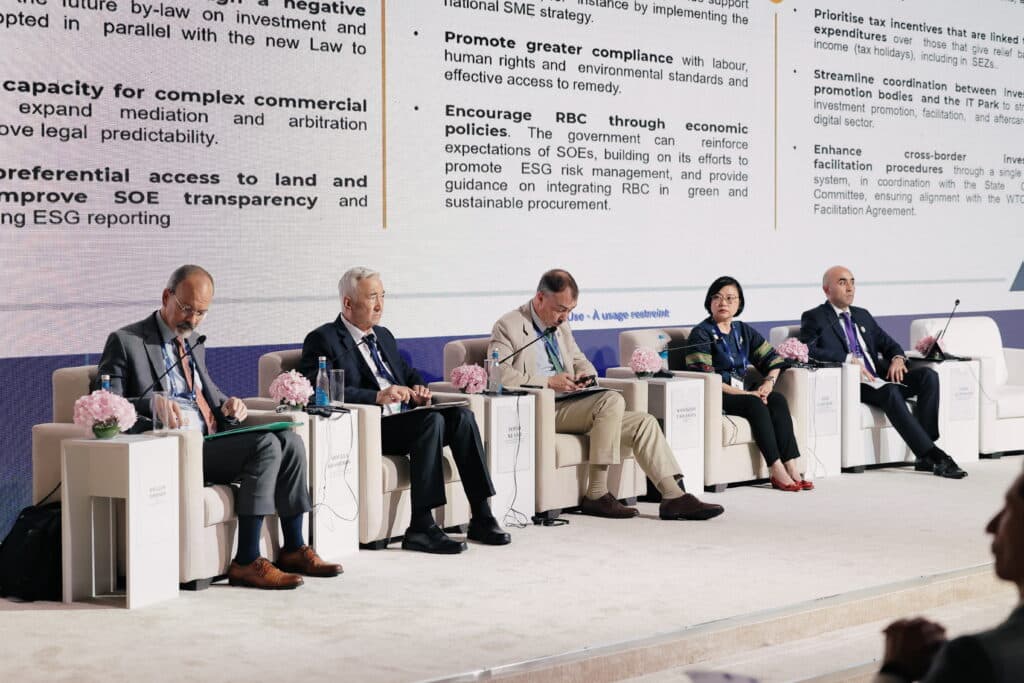
— During the Samarkand summit, the EU and Central Asia elevated their ties to a strategic partnership. What are the EU’s top priorities in deepening its engagement with Uzbekistan under this new framework?
— For the European Union, Central Asia as a region is a significant partner, and the individual countries, including Uzbekistan, are equally important. We aim to deepen our relationship in all aspects — political and economic.
One key priority is to build infrastructures that physically connect us, such as the Trans-Caspian Transport Corridor. Additionally, we want to foster economic development in the region, particularly through partnerships in critical raw materials, as well as other sectors.
The EU is keen to attract more investment to Uzbekistan and other Central Asian countries. By enhancing this partnership, we hope to align the interests of Central Asia with those of the EU, benefiting all parties involved.
The Trans-Caspian Transport Corridor is a vital trade route connecting Central Asia to European markets via the Caspian Sea, the South Caucasus, and onward to Europe. This corridor is part of the EU’s Global Gateway strategy, aiming to reduce freight transit times by 50% and potentially triple trade flows by 2030.
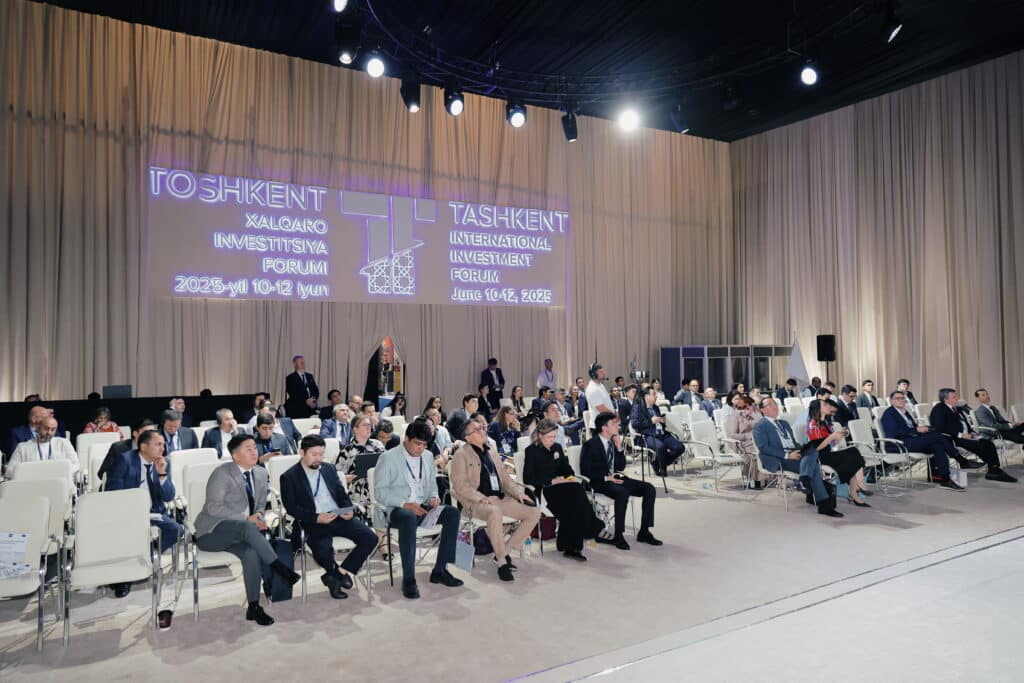
— What are the main challenges or bottlenecks the EU faces when implementing investment or development projects in the region? How is the EU working with the Uzbek government to overcome them?
Significant progress has been made in Uzbekistan’s economic reforms in recent years. We see this progress reflected in the streets and through the increasing number of European companies operating here.
The EU is now the third-largest trading partner of Uzbekistan, which is a solid foundation. However, despite this, the number of European companies investing here remains relatively low compared to those from other parts of the world.
What European businesses seek are success stories — examples of other European companies investing here. These examples boost confidence and help demonstrate that Uzbekistan is a good destination for large-scale investment.
While there has been progress, I believe there is still untapped potential. We are working closely with Uzbek authorities to promote Uzbekistan as a top investment destination, ensuring that this potential is realized.
In 2024, Uzbekistan’s trade turnover with the EU reached $6.4 bn, with exports increasing by 26.9% compared to the previous year. The EU’s support for such initiatives is aligned with its broader commitment to sustainable connectivity and economic resilience in Central Asia.
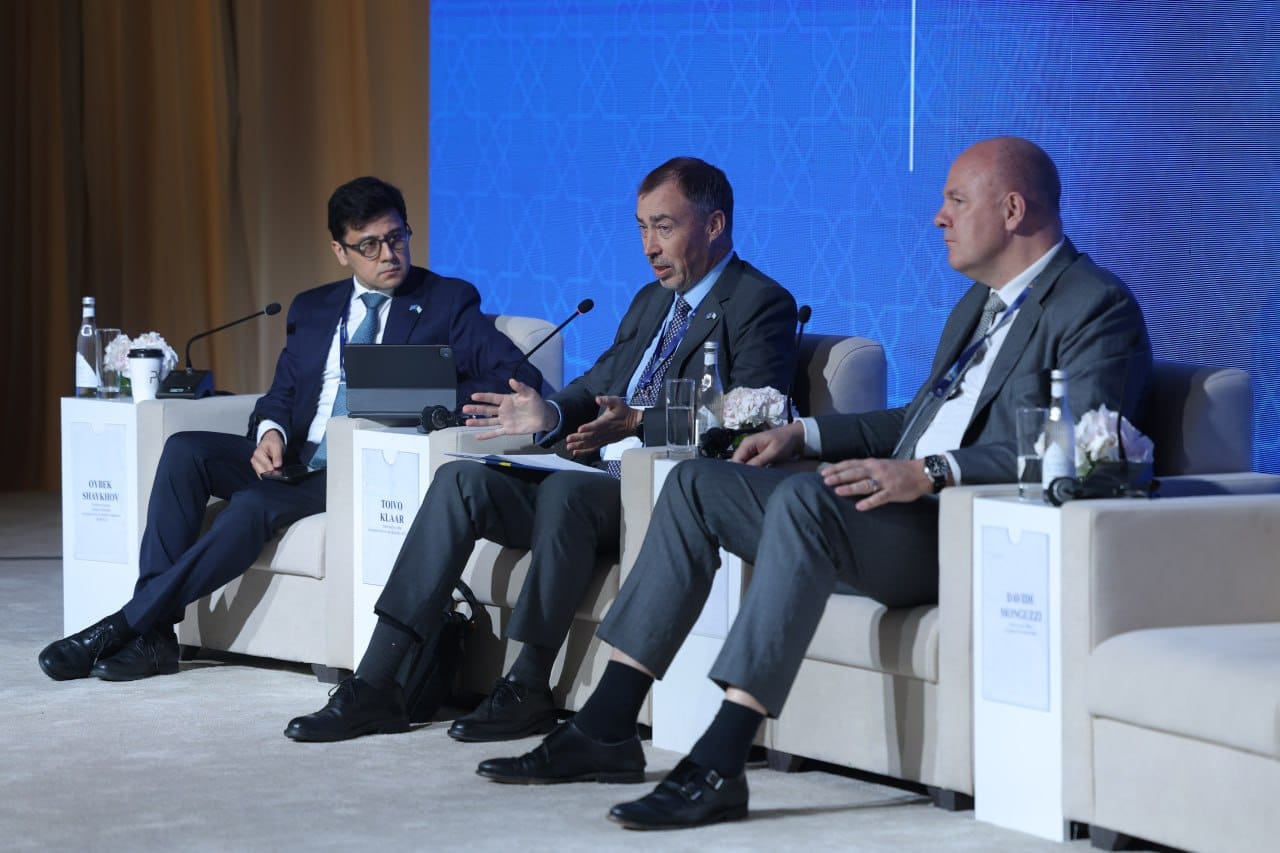
— We know that the EU’s Global Gateway strategy focuses on connectivity and resilience. What kind of cross-border or regional infrastructure projects are in the pipeline that could impact Uzbekistan’s integration with wider markets?
— I have already mentioned the Trans-Caspian Transport Corridor, which is a key access route linking Central Asia to Europe. It’s already operational, delivering goods from the region to Europe via the South Caucasus.
By upgrading this infrastructure, we can significantly expand its capacity and open up new opportunities for Central Asia to integrate with global markets.
In addition, we are keen to help develop Uzbekistan’s industry, particularly in the area of critical raw materials. The EU isn’t just focused on raw material exports to Europe; we also want to assist in developing the local industry.
European companies, by establishing a presence here, will contribute to investments in people, the environment, and society. As the EU, we are dedicated to supporting the resilience of Uzbekistan and Central Asia.
Moreover, the growing cooperation among Central Asian countries presents an opportunity. The EU’s experience of uniting 27 member states over the past 75 years is something that could be beneficial for the region. I hear from Central Asian partners that they are keen to learn from the EU’s experience in building stronger regional partnerships.
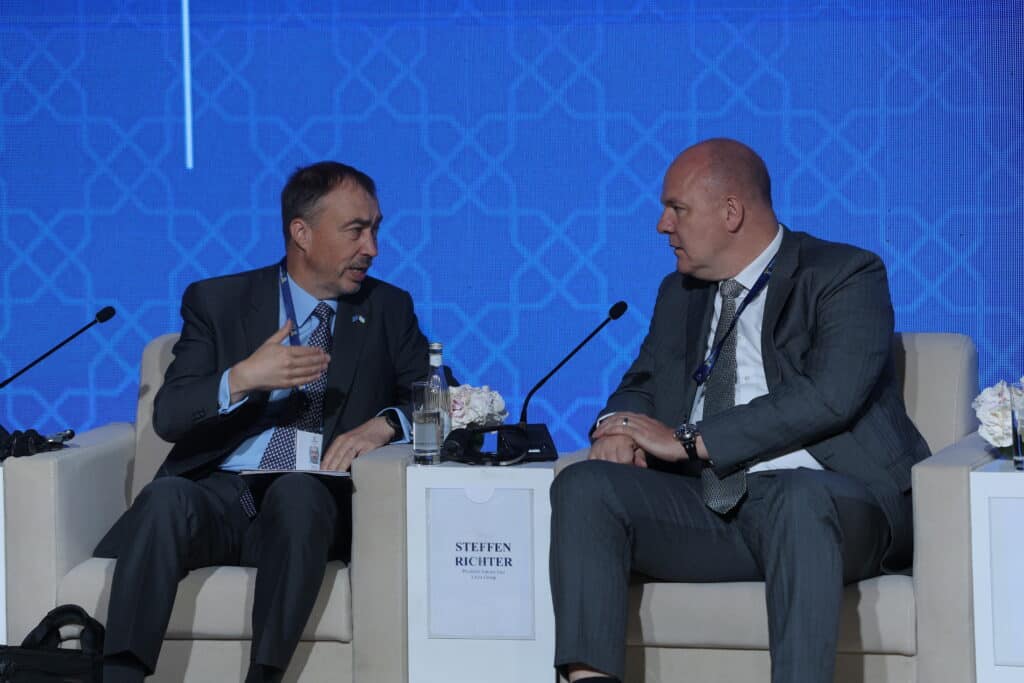
The EU has committed €12 bn to support sustainable connectivity in Central Asia, with a significant portion allocated to developing the Trans-Caspian Transport Corridor. This investment aims to enhance infrastructure and facilitate smoother trade routes between Europe and Central Asia.
— Finally, what message does the European Union aim to send to global investors by showing strong presence and support at forums like TIIF 2025?
— We want to send a clear message that Central Asia is a region full of potential. Uzbekistan, as a leading country in the region, is an excellent location for investment and can serve as a gateway for developing the entire region.
We are committed to working closely with Uzbekistan and the governments of the region to make this vision a reality.


